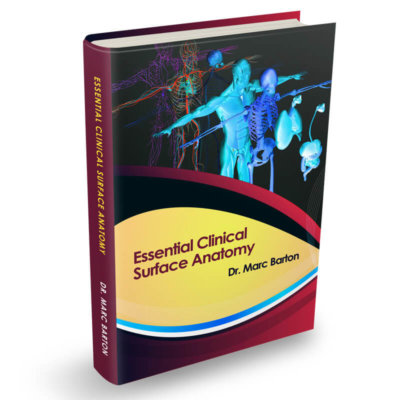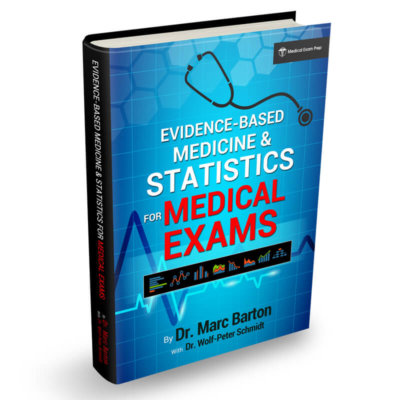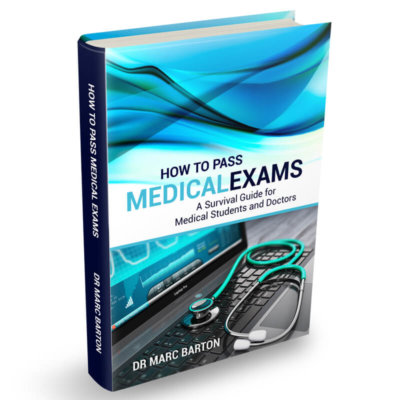Articles

Ingested Foreign Bodies: An Overview
The ingestion of foreign bodies is a common problem that presents frequently to Emergency Departments. Although it can affect any age group, it is most frequently seen in young children between 6 months and 5 years. Coins are the most commonly swallowed objects, but...

Nerve Agents: Recognition and Management in Clinical Practice
Nerve agents, sometimes called nerve gases, are among the most toxic chemical warfare agents known. Originally developed during and after World War II, they are potent inhibitors of acetylcholinesterase and can cause rapid systemic collapse if not promptly managed....

Cyanotic Congenital Heart Disease: A Radiologist’s Guide
Cyanotic congenital heart disease (CHD) typically involves right-to-left or mixed circulations, resulting in systemic desaturation. In adult imaging, most cases you encounter will be in patients with repaired or palliated anatomy. Others may present with long-standing...

Acyanotic Congenital Heart Disease: A Radiologist’s Guide
Acyanotic congenital lesions are among the most frequently encountered cardiac abnormalities in adult imaging. Many are picked up incidentally, while others represent the long-term sequelae of childhood repairs. Sometimes, the diagnosis isn’t made until adulthood,...

Adult Congenital Heart Disease: A Radiologist’s Approach
Adult congenital heart disease (ACHD) is becoming more common: read this article to gain a practical approach to recognising & reporting it.

Ischaemic Bowel
Ischaemic bowel disease occurs when there is inadequate blood supply to the intestines, leading to mucosal injury, necrosis, and perforation if untreated. It is a life-threatening emergency with high mortality, particularly in cases of bowel infarction. There are two...

Pertussis
Pertussis, also known as whooping cough, is an upper respiratory tract infection caused by the Gram-negative bacteria Bordatella pertussis. Transmission is via respiratory droplets, and the incubation period is approximately 7-21 days. The disease is highly contagious...

Anticholinergic Poisoning
Anticholinergic poisoning is a potentially life-threatening toxidrome that occurs following exposure to substances that block acetylcholine at muscarinic and, to a lesser extent, nicotinic receptors. It can result in profound central and peripheral effects, ranging...

Understanding Adverse Drug Reactions
Adverse drug reactions (ADRs) are a significant concern in clinical practice, impacting patient safety and treatment outcomes. The World Health Organization (WHO) defines an ADR as “A response to a drug which is noxious and unintended, and which occurs at doses...

Myxoedema Coma
Myxoedema coma is an extreme manifestation of untreated hypothyroidism and is a life-threatening condition characterised by hypometabolism and altered mental status. It commonly affects elderly patients with long-standing hypothyroidism, often precipitated by...




